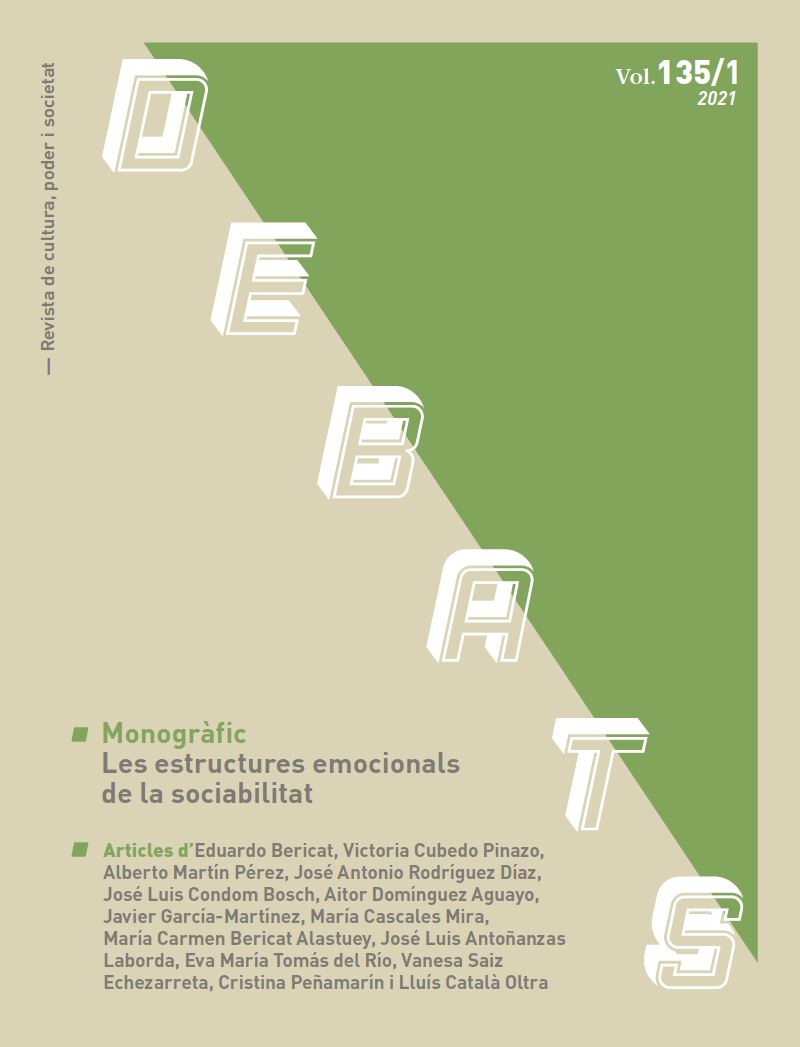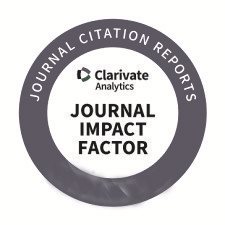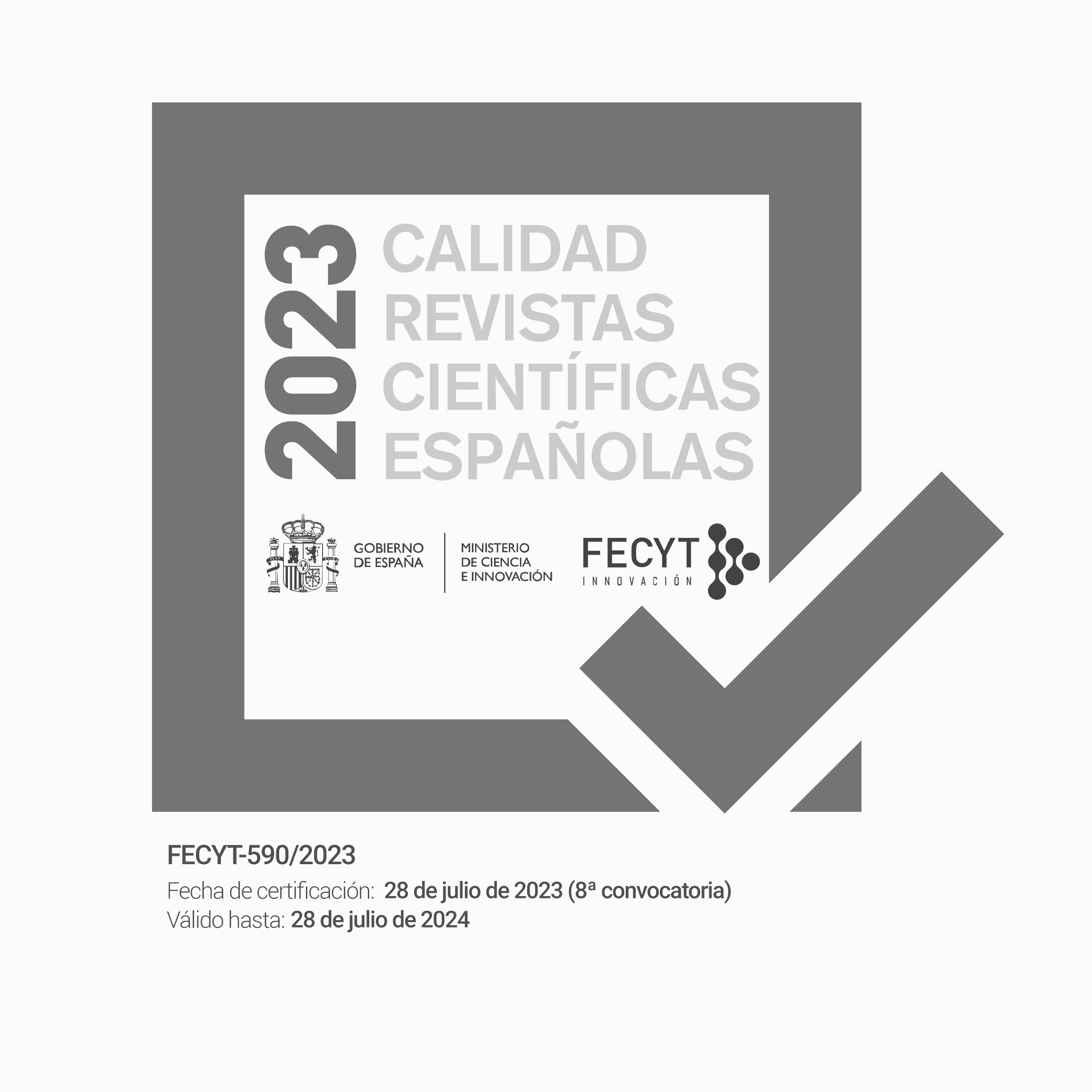Depression definitions in controversy: Comparing layperson/expert narratives
DOI:
https://doi.org/10.28939/iam.debats-135-1.2Keywords:
CTS, cartografía contreversias, etnografía digital, definción depresiónAbstract
Definitions are narratives in action which imply a closing movement onto the ontology of what is defined. In this case, we explore the definitions in mutual tension and/or symbiosis, with consonant and dissonant spaces, about what is depression. The term itself is approached as a controversy subject of cartography with a comparison between laypeople and expert narratives making use of digital ethnography as methodology. A self-administered open questionnaire online is completed with the definitions of 29 laypeople participants. On the other hand, expert narratives are gathered with the definitions of 9 health institutions webpages, mediation spaces towards the public. Definitions echo from both spaces as splits between biological and psychological-social, with a reiteration of the division between exogeneity and endogeneity. An emotionality characterized by the summation of reductionisms, cumulative factors in an equation of what depression is. The solutions offered, depression as transformation in action, place the mental health device as an obligatory passage point to cure the ill bodies. However, the laypeople narratives offer mutual care practices based upon a more democratizing communication. Finally, we conclude considering other possible ontologies of depression which consider the socio-material assemblies, ontologies following the pragmatical turn defining the depression in action.
Downloads
References
Álvaro-Estramiana, J. L., Garrido-Luque, A. y Schweiger-Gallo, I. (2010). Causas sociales de la depresión. Una revisión crítica del modelo atributivo de la depresión. Revista internacional de sociología, 68(2), 333-348.
Anscombre, J. C. (1995). Théorie des topoï. Paris: Editions Kimé.
Asberg, M., Thoren, P., Traskman, L., Bertilsson, L. y Ringberger, V. (1976). "Serotonin depression"--a biochemical subgroup within the affective disorders?. Science, 191(4226), 478-480.
Beck, A. T., Ward, C., Mendelson, M., Mock, J. y Erbaugh, J. (1961). Beck depression inventory (BDI). Arch Gen Psychiatry, 4(6), 561-571.
Beck, A. T., Rush, A. J., Shaw, B. F. y Emery, G. (1985). Terapia cognitiva de la depresión. Bilbao: Desclée de Brower.
Beck, A. T., Steer, R. A. y Brown, G. K. (1996). Beck depression inventory-II. San Antonio, 78(2), 490-498.
Berk, M., Williams, L. J., Jacka, F. N., O’Neil, A., Pasco, J. A., Moylan, S., Allen, N. B, Stuart, A. L., Hayley, A. C., Byrne, M. L. y Maes, M. (2013). So depression is an inflammatory disease, but where does the inflammation come from?. BMC medicine, 11(1), 200.
Callon, M. (1984). Some elements of a sociology of translation: domestication of the scallops and the fishermen of St Brieuc Bay. The Sociological Review, 32(1_suppl), 196-233.
Castaño, A. (2018). Una de cada cinco (en línea). https://www.eldiario.es/tribunaabierta/Una_de_cada_cinco_6_735686443.html, acceso 15 de febrero de 2019.
Cefaï, D. (2012). ¿Qué es una arena pública? Algunas pautas para un acercamiento pragmático (en línea). Documento en línea traducido por Mariela Hemilse Acevedo, [https://www.academia.edu/7309505/]
CinfaSalud (2019). Depresión (en línea). https://www.cinfasalud.com/areas-de-salud/sintomas-y-enfermedades/enfermedades-psicologicas/depresion/, acceso 15 de febrero de 2019
Clínica Universidad de Navarra (2019). Depresión (en línea). https://www.cun.es/enfermedades-tratamientos/enfermedades/depresion, acceso 15 de febrero de 2019.
Dantzer, R., O'Connor, J. C., Freund, G. G., Johnson, R. W. y Kelley, K. W. (2008). From inflammation to sickness and depression: when the immune system subjugates the brain. Nature reviews neuroscience, 9(1), 46-56.
Dantzer, R., O’Connor, J. C., Lawson, M. A. y Kelley, K. W. (2011). Inflammation-associated depression: from serotonin to kynurenine. Psychoneuroendocrinology, 36(3), 426-436.
Dilthey, W. (1944). El mundo histórico. México: Fondo de Cultura.
Dooley, D., Catalano, R., & Wilson, G. (1994). Depression and unemployment: panel findings from the Epidemiologic Catchment Area study. American journal of community psychology, 22(6), 745-765.
Ducrot, O. (1988). Topoï et formes topiques. Bulletin d'études de linguistique française, 22(1), 1-14.
Eley, T. C., Sugden, K., Corsico, A., Gregory, A. M., Sham, P., McGuffin, P., Plomin, R. y Craig, I. W. (2004). Gene–environment interaction analysis of serotonin system markers with adolescent depression. Molecular psychiatry, 9(10), 908-915.
Fernando, S. (1984). Racism as a cause of depression. International Journal of Social Psychiatry, 30(1-2), 41-49.
Goffman, E. (1974). Frame analysis. Cambridge: Harvard University Press.
Haraway, D. (1988). Situated knowledges: The science question in feminism and the privilege of partial perspective. Feminist studies, 14(3), 575-599.
Hewitt, P. L., Flett, G. L. y Ediger, E. (1996). Perfectionism and depression: Longitudinal assessment of a specific vulnerability hypothesis. Journal of Abnormal Psychology, 105(2), 276-280.
Hibbeln, J. R. (1998). Fish consumption and major depression. Lancet (London, England), 351(9110), 1213-1213.
Howren, M. B., Lamkin, D. M. y Suls, J. (2009). Associations of depression with C-reactive protein, IL-1, and IL-6: a meta-analysis. Psychosomatic medicine, 71(2), 171-186.
Ingram, R. E., Miranda, J. y Segal, Z. V. (1998). Cognitive vulnerability to depression. Nueva York: Guilford Press.
Karg, K., Burmeister, M., Shedden, K. y Sen, S. (2011). The serotonin transporter promoter variant (5-HTTLPR), stress, and depression meta-analysis revisited: evidence of genetic moderation. Archives of general psychiatry, 68(5), 444-454.
Kaufman, J., Yang, B. Z., Douglas-Palumberi, H., Houshyar, S., Lipschitz, D., Krystal, J. H. y Gelernter, J. (2004). Social supports and serotonin transporter gene moderate depression in maltreated children. Proceedings of the National Academy of Sciences, 101(49), 17316-17321.
Knorr-Cetina, K. (2009). Epistemic cultures: How the sciences make knowledge. Cambridge, MA y Londres: Harvard University Press.
Latour, B. (2005). Reassembling the social: An introduction to actor-network-theory. Nueva York: Oxford University Press.
Law, J. (2004). After method: Mess in social science research. Londres y Nueva York: Routledge.
Leary, M. R. (1990). Responses to social exclusion: Social anxiety, jealousy, loneliness, depression, and low self-esteem. Journal of Social and Clinical Psychology, 9(2), 221-229.
Lustberg, L. y Reynolds III, C. F. (2000). Depression and insomnia: questions of cause and effect. Sleep medicine reviews, 4(3), 253-262.
Manasse, M. E. y Ganem, N. M. (2009). Victimization as a cause of delinquency: The role of depression and gender. Journal of Criminal Justice, 37, 371–378.
Martínez-González, M. A. y de Irala, J. (2005). Medicina preventiva y fracaso clamoroso de la salud pública: llegamos mal porque llegamos tarde. Medicina clínica, 124(17), 656-660.
Mayo Clinic (2019). Depresión (trastorno depresivo mayor) (en línea). https://www.mayoclinic.org/es-es/diseases-conditions/depression/symptoms-causes/syc-20356007, acceso 15 de febrero de 2019.
MedlinePlus (2019). Depresión (en línea). https://medlineplus.gov/spanish/depression.html, acceso 15 de febrero de 2019.
Meltzer, H. Y. (1990). Role of Serotonin in Depression a. Annals of the New York Academy of Sciences, 600(1), 486-499.
Mental Health America (2019). ¿Qué es la depresión? (en línea). http://www.mentalhealthamerica.net/conditions/%C2%BFqu%C3%A9-es-la-depresi%C3%B3n, acceso 15 de febrero de 2019.
Micheli, R. (2010). Emotions as objects of argumentative constructions. Argumentation, 24(1), 1-17.
Miller, A. H., Maletic, V. y Raison, C. L. (2009). Inflammation and its discontents: the role of cytokines in the pathophysiology of major depression. Biological psychiatry, 65(9), 732-741.
Mol, A. (2002). The body multiple: Ontology in medical practice. Durham, NC y Londres: Duke University Press.
Müller, N. y Schwarz, M. J. (2007). The immune-mediated alteration of serotonin and glutamate: towards an integrated view of depression. Molecular psychiatry, 12(11), 988-1000.
National Institute of Mental Health (2019). Depresión (en línea). https://www.nimh.nih.gov/health/publications/espanol/depresion-sp/index.shtml, acceso 15 de febrero de 2019.
Newmann, J. P. (1989). Aging and depression. Psychology and aging, 4(2), 150-165.
Nietzsche, F. (1970). Así hablaba Zaratustra. México: Anaya Editores.
Noles, S. W., Cash, T. F. y Winstead, B. A. (1985). Body image, physical attractiveness, and depression. Journal of consulting and clinical psychology, 53(1), 88-94.
Organización Mundial de la Salud (2019). Depresión (en línea). https://www.who.int/topics/depression/es/, acceso 15 de febrero de 2019.
Owens, M. J. y Nemeroff, C. B. (1994). Role of serotonin in the pathophysiology of depression: focus on the serotonin transporter. Clinical chemistry, 40(2), 288-295.
Plaza, M. (2018). Por qué no aplaudo el programa de ‘Salvados’ sobre depresión (en línea). https://www.pikaramagazine.com/2018/02/programa-de-salvados-depresion/, acceso 15 de febrero de 2019.
Raison, C. L., Capuron, L. y Miller, A. H. (2006). Cytokines sing the blues: inflammation and the pathogenesis of depression. Trends in immunology, 27(1), 24-31.
Regier, D. A., Farmer, M. E., Rae, D. S., Locke, B. Z., Keith, S. J., Judd, L. L. y Goodwin, F. K. (1990). Comorbidity of mental disorders with alcohol and other drug abuse: results from the Epidemiologic Catchment Area (ECA) Study. Jama, 264(19), 2511-2518.
Ricoeur, P. (1975). La métaphore vive. Paris: Seuil.
Risch, N., Herrell, R., Lehner, T., Liang, K. Y., Eaves, L., Hoh, J., Griem, A., Kovacs, M., Ott, J. y Merikangas, K. R. (2009). Interaction between the serotonin transporter gene (5-HTTLPR), stressful life events, and risk of depression: a meta-analysis. Jama, 301(23), 2462-2471.
Ryu, E. J., Choi, K. S., Seo, J. S. y Nam, B. W. (2004). The relationships of Internet addiction, depression, and suicidal ideation in adolescents. Journal of Korean Academy of Nursing, 34(1), 102-110.
SanaMente (2019). ¿Qué es la depresión? (en línea). https://www.sanamente.org/retos/que-es-la-depresion/, acceso 15 de febrero de 2019.
Seligman, M. E. (1975). Helplessness: On depression, development, and death. A series of books in psychology. New York: WH Freeman/Times Books/Henry Holt & Co.
Shapin, S. (2010). Never pure: Historical studies of science as if it was produced by people with bodies, situated in time, space, culture, and society, and struggling for credibility and authority. Baltimore: JHU Press.
Smithson, M. (1989). Ignorance and uncertainty: Emerging paradigms. Nueva York: Springer-Verlag Publishing.
Tannen, D. (1990). You just don't understand: Women and men in conversation. New York: William Morrow.
Universidad Autónoma Metropolitana (2019). ¿Qué es la depresión? (en línea). https://www.uam.mx/lineauam/lineauam_dep.htm, acceso 15 de febrero de 2019.
Van Praag, H. M. (2004). Can stress cause depression?. Progress in Neuro-Psychopharmacology and Biological Psychiatry, 28(5), 891-907.
Venturini, T. (2010). Diving in magma: how to explore controversies with actor-network theory. Public understanding of science, 19(3), 258-273.
Weeks, D. G., Michela, J. L., Peplau, L. A. y Bragg, M. E. (1980). Relation between loneliness and depression: A structural equation analysis. Journal of personality and social psychology, 39(6), 1238-1244.
Downloads
Published
How to Cite
Issue
Section
License
Without prejudice to the provisions of article 52 of Spanish Law 22/1987 of November 11 on Intellectual Property, BOE (official state bulletin) of November 17, 1987, and pursuant to said legislation, the author(s) surrender(s) free of charge its rights of edition, publication, distribution and sale of the article, for its publication in Debats. Journal on Culture, Power and Society.
Debats. Journal on Culture, Power and Society is published under the Creative Commons license system in accordance with the «Recognition - Non-Commercial (by-nc) modality: The generation of derivative works is permitted provided that commercial use is not made. Nor can the original work be used for commercial purposes».
Thus, when the author submits his/her contribution, he/she explicitly accepts this assignment of publishing and publishing rights. Authors also authorize Debats. Journal on Culture, Power and Society to include their work in an issue of the journal to be distributed and sold.











